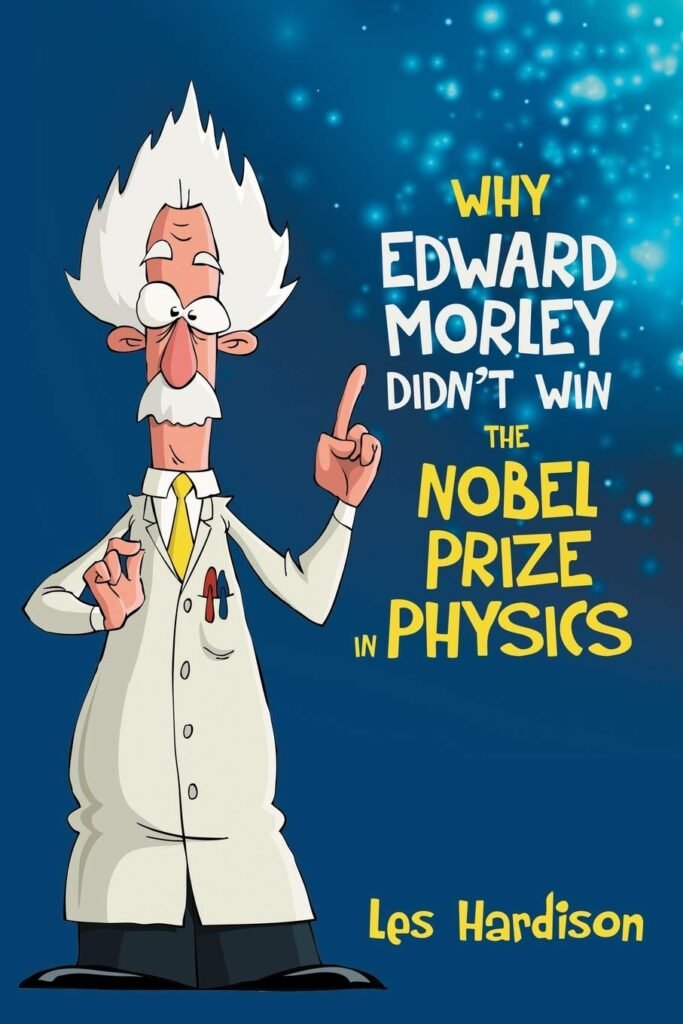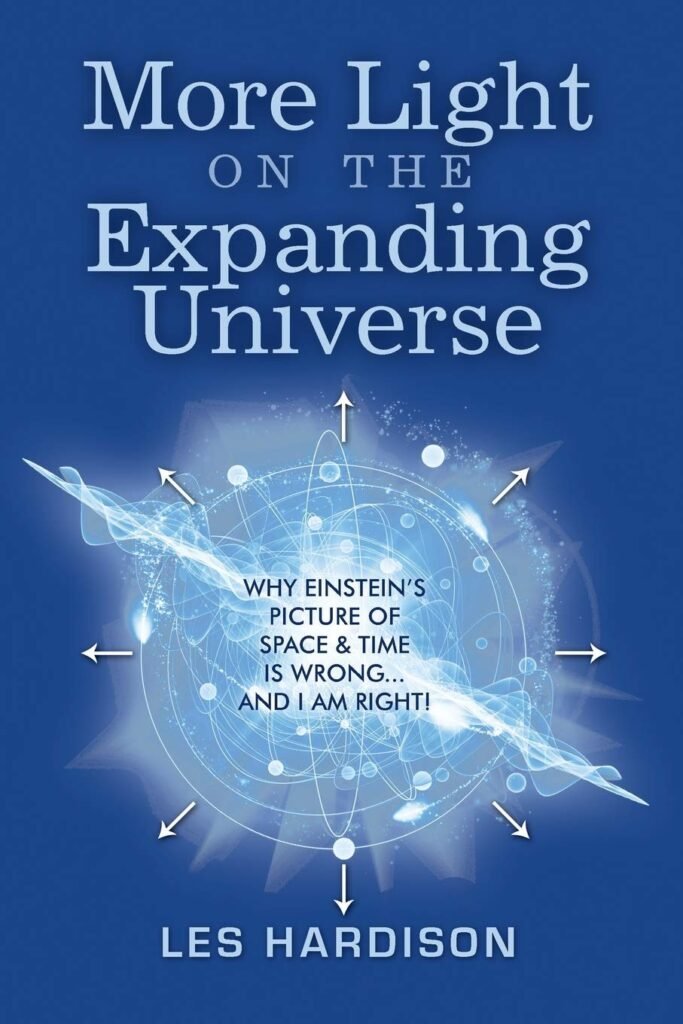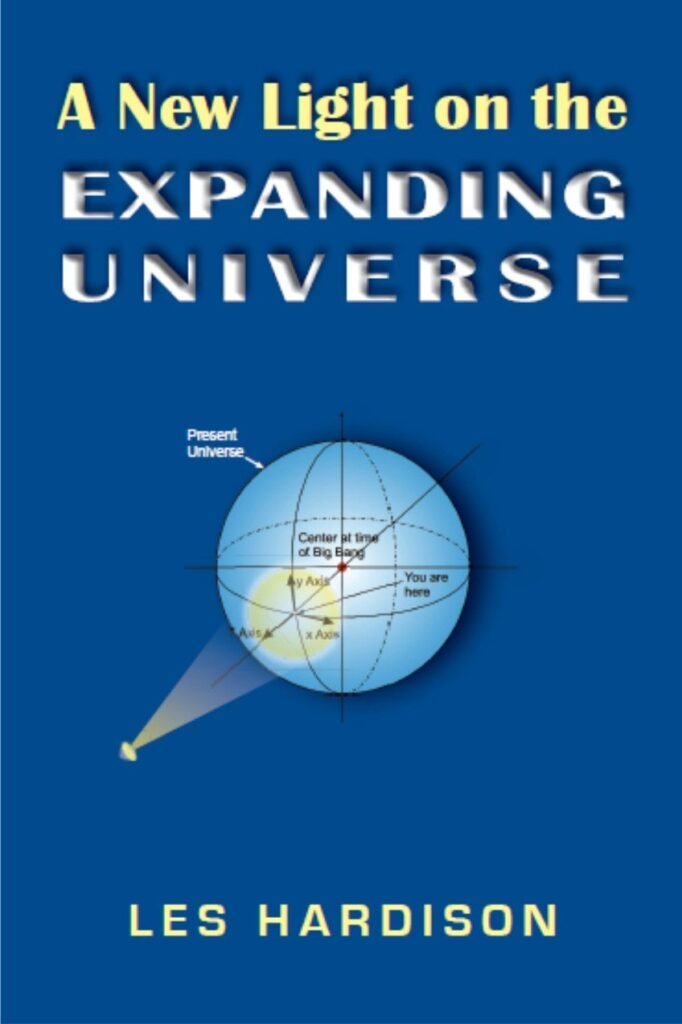Both the scientific community and the public currently accept as fact that the speed of light in a vacuum is about 186,000 mile per second and that theories of special and general relativity are fundamentally sound, even though they fail to answer many questions about why they don’t fit together nicely. It is time for a simpler approach which is internally consistent and understandable.
I would like to present the answer to the questions I have had about physics throughout my career as an engineer, but didn’t have time to work time out.




Les Hardison
Les Hardison is an ninety-five-year-old retired engineer. He graduated from Illinois Institute of Technology in 1950 with a degree in mechanical engineering.
During his working years, he was a Facilitates Manager for Universal Oil Product company which later became UOP, Inc.. Petroleum Process Design Engineer for UOP, Inc., and later Technical director of UOP Air Correction Division. During the last twenty-five years of his working career, he was President of ARI Technologies, Inc., a small environmental control company that developed, among other things, the LO-CAT Hydrogen Sulfide Oxidation Process.
He has recently been awarded a US patent for the development of a system for viewing ordinary TV programs in 3-D without special glasses or alterations to the television set or program production. He holds over 60 US patents. He has never had any special training in physics or cosmology.
He was taught physics by doing experiments aimed at verifying the commonly accepted laws of physics which were easy to do. This required that you get confirmation of what was being taught in the classroom. We always knew the result we were supposed to get. For things which were to difficult to check in the physics lab, like the speed of light we were taught to use the “currently available science”. which was presumed to be the results of the best efforts of the people who ran the experiments. There was little or no suggestion that the authorities might be have made mistakes or misinterpreted the results.
Several things about the speed of light, seemed absurd to me. That the stars we could see fight now were not there now, in our present time because it took the light a million years to reach us seemed absurd. How could they measure this. How could radiant energy turn into solid matter? Einstein said it did if the matter moved fast enough.
I never had to use any of the things which seemed so strange to me, except perhaps the concept of potential energy, which seemed to work but involved storing energy somewhere that was not obvious..
As a retired person. I was allowed to think about whatever I chose to, and these are some of ten things I thought about.
"There is more light on the nature of the expanding universe than there ever was before, and it doesn’t fit well into the picture painted by Einstein, Michelson, and other scientists who spent their lives studying it. Their guiding light is the search for truth, but truth shouldn’t have conflicting elements."
Book Collection

Why Edward Morley Didn't Win the Nobel Prize in Physics
More Light on the Expanding Universe
More Light on the Expanding Universe explores the ramifications of the existence of a fourth physical dimension into which the universe is expanding. One of these is the possibility that light travels at infinite speed from the source to any receptor anywhere, rather than at the 300,000 Kilometers per second generally accepted by contemporary physicists. This resolves many of the paradoxes in present-day physics, and simplifies many of the complexities associated with Einstein’s special theory of relativity.
In More Light on the Expanding Universe, Les Hardison, now retired from a career as a mechanical engineer, reveals decades of pondering the state of physics and develops this alternate premise. This volume continues the presentation begun in its companion work, A New Light on the Expanding Universe.


A New Light on the Expanding Universe
A different idea of what light consists of brings about an altogether different view of how the Universe is put together, and how it functions. Examining the consequences of the concept that the Universe is expanding into a fourth spatial dimension at a speed which researchers may have mistaken for the speed of light leads to an array of interesting differences from currently accepted theories of physics and cosmology. A New Light on the Expanding Universe is a book which has as its fundamental premise that the speed of light is not 300,000 km.sec, shih is accepted as irrefutable fact by essentiall all physicists, and most knowledgeable laymen, but is, in stead infinite.
